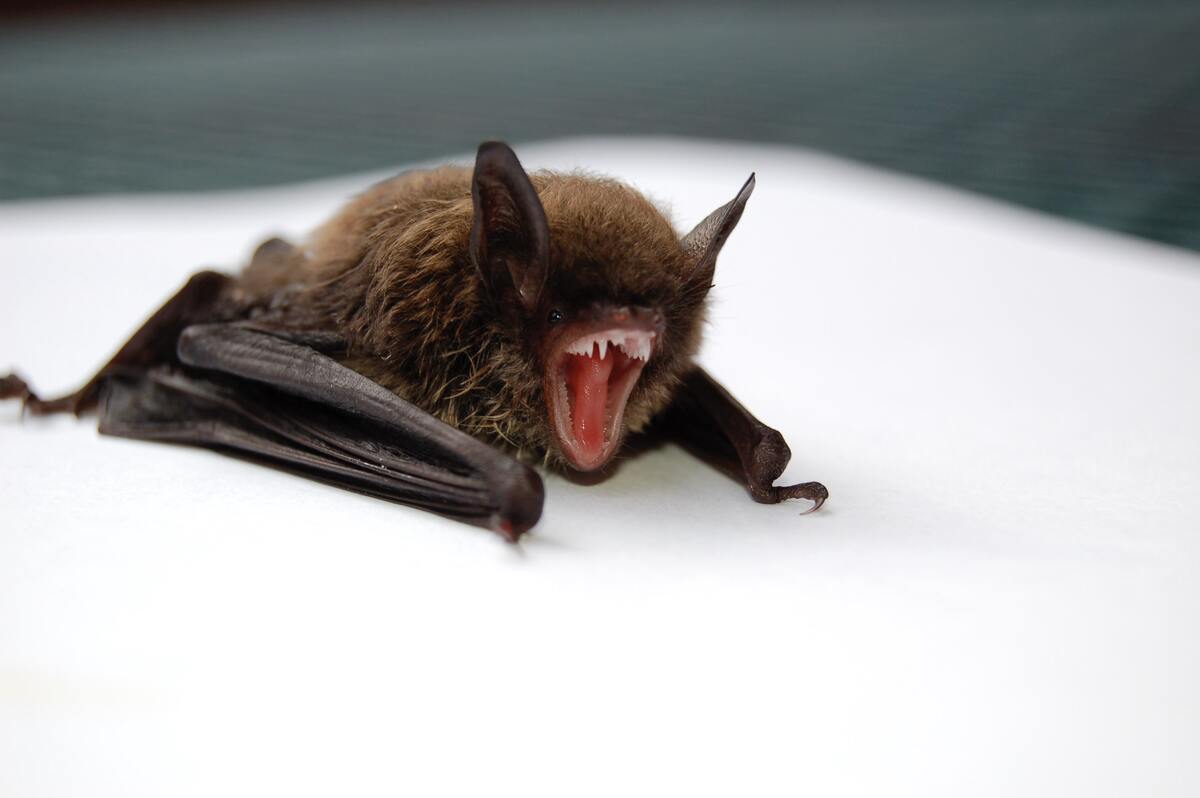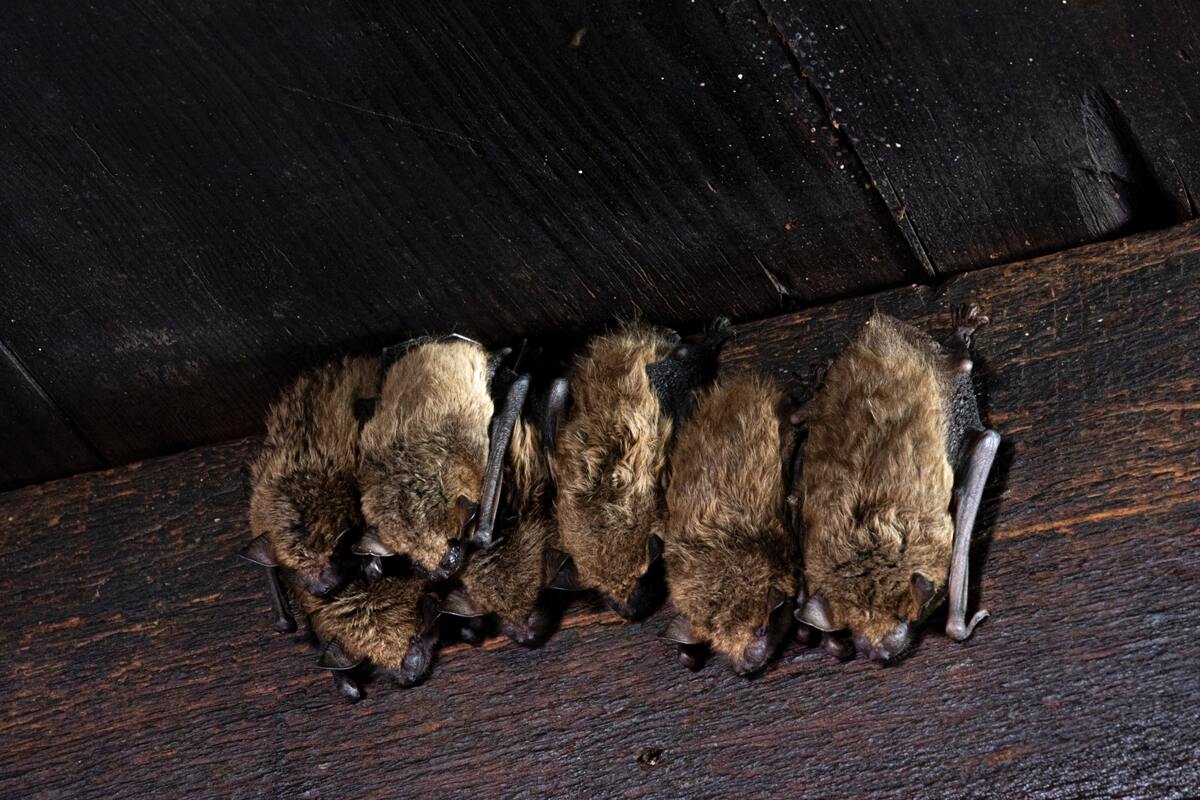Beautiful Bats

Fall is here, bringing Halloween decorations - bats being a common sight! Bats have a spooky and somewhat sinister reputation, but they play critical roles within our economies and ecosystems.

Bats are from the order Chiroptera, of Greek origin, meaning "hand-wing" to describe the mammal's wings. Chiroptera has two suborders: the Megabats (Megachiroptera) and the Microbats (Microchiropetera). Megabats consist of a single family: the flying foxes and their fruit and flower-eating relatives. The megabats live in the tropics. Meanwhile, the microbats are composed of the rest of the 17 bat families. Unlike their megabat cousins, microbats dine on insects.
Bats' social structures are fascinating as most live in large groups called colonies that can reach over a million bats. Bats are the only mammals that fly. Many use echolocation to make sounds that bounce back from objects to help with navigation and hunting.
Bats tend to fly under the radar since they are creatures of the night, and in most cases, provide many benefits:
- Bats eat insects. The United States is home to microbats. In Ohio, ten species of Microbats dine on harmful insects such as mosquitoes, flies, and beetles. Researchers have found that one bat can consume their body weight in insects in a single night – easily totaling several thousand! It is estimated that bats save agriculture producers more than $1 billion per year in crop damage and pesticide costs.
- Bats pollinate. Over 500 different types of tropical plants are pollinated by bats every year. A pollination example is the Agave tequilana, which is used to make tequila. Nectar-loving bats use their tongues to lap up the nectar within the Agave flowers, brushing their fur up against pollen, which is then taken to other plants, subsequently pollinating other flowers.
- Bats help maintain natural areas. Bats can live over 20 years in the wild and are considered indicators of ecosystem health because of their longevity and sensitivity to changes in their environment.
- Bats help with seed dispersal. Fruit-eating bats in the tropics and subtropics are important seed dispersers. These bats eat and then defecate as they fly, which in turn helps to regenerate forests and rainforests.
- Bats also help with human medical treatments. Compounds from bats are being used to aid in new medical treatments. An example of this is the saliva from vampire bats that contain anticoagulants. These anticoagulant compounds are being studied to help with treatments for stroke victims.
The need to protect these creatures is more evident than ever. There are lots of threats that bats face, including disease, windmill turbines, roost destruction, habitat loss, and changes in climate. For example, white-nose syndrome (WNS) affects bats in the United States and Canada. WNS is a disease that affects hibernating bats and is caused by a fungus (Pseudogymnoascus destructans). The disease causes bats to become more active during hibernation and burn up the fat they need to survive the winter. Researchers think that WNS has been in North America since 2006.
What can you do to learn more? Join Warren County Soil and Water Conservation District for a bat walk program on October 25, 2022, from 8 PM-9 PM at Miller Ecological Park (755 Miller Road, Lebanon, OH 45036). Learn about bat biology and conservation while dispelling myths about this beautiful creature! Then take a quiet guided walk through the park to see the bat houses and watch for any bat activity. This program is free, but registration at warrenswcd.com is encouraged.
For more information regarding bats, Warren County Soil and Water Conservation District programs, and/or technical assistance on water or soil, visit Warren County Soil and Water Conservation District or call 513-695-1337.

